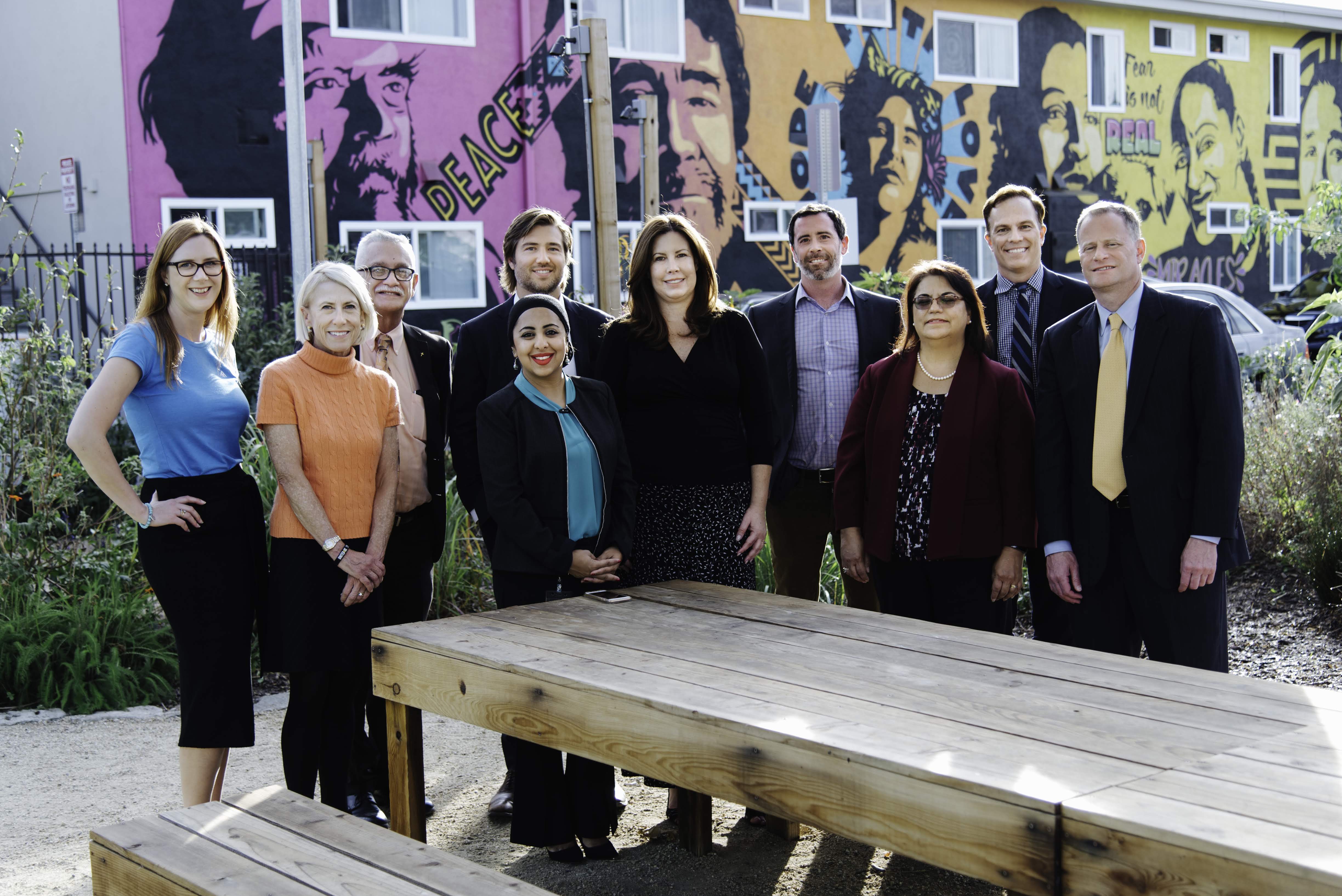What is Permanent Supportive Housing?

Ideally, all Americans would have access to safe and stable housing. The reality, however, is that some of our most vulnerable neighbors struggle to find and maintain stable homes.
Individuals suffering from disabilities such as debilitating physical diseases, mental illnesses, and other health issues, as well as those with histories of trauma and PTSD too often encounter difficulties obtaining adequate support for recovery and access to suitable, long-term living situations.
These conditions are especially challenging in high-cost communities like Orange County, where any one of us could be a health or life crisis away from losing our jobs, and possibly our homes. Far too many of our neighbors here are facing that very reality, thousands of whom are considered chronically homeless.
Who are the chronically homeless? It’s those who have a diagnosable disability and have been continuously homeless for one year or more. Or, it’s those who have experienced different periods of homelessness (minimum of four) in the last three years where the combined length of time in those instances is at least 12 months.
However one arrived at a state of chronic homelessness, what’s important is that we, as a community, focus on and remain committed to enacting proven solutions. Communities all around the country have been embracing one particular solution that’s been supported by data and research, endorsed by the federal government and has a proven track record. That’s Supportive Housing.
What Exactly Is Supportive Housing?
Supportive Housing — or, as technically called, Permanent Supportive Housing (PSH) — provides low barrier affordable housing and supportive services so that chronically homeless individuals can lead more stable lives. Supportive Housing always offers case management, which could involve services such as life skills training, educational program and healthcare.
Not only is this solution proven to be the most effective way to address chronic homelessness, it’s also the most cost-effective, according to a collaborative study by UC Irvine, Jamboree, and Orange County United Way on the cost of homelessness in Orange County.
The yearly tab, for example, for one chronically homeless individual on the streets averages $100,759. The study determined that those costs could be cut in half if the individual is living in Supportive Housing. The study also showed that if all chronically homeless individuals in Orange County were provided with Supportive Housing, the overall savings could reach $42 million annually. This is inclusive of the cost of rent and supportive services.
Nationally, evidence has shown a significant shift in U.S. policy favoring the “Housing First” approach, from which Supportive Housing stems.
Characteristics of Supportive Housing
According to The Center on Budget and Policy Priorities, key elements of this approach include:
Affordability and Permanence
Supportive Housing tenants generally pay no more than 30 percent of their income for rent. And they have the same rights and responsibilities as other renters like the right to privacy in their unit and a lease in their own name.
Quality Housing
A study in the International Journal of Geriatric Psychiatry analyzed the Housing First approach for older homeless adults with mental illness and examined whether housing quality is associated with housing stability. The study showed that Supportive Housing tenants placed the most importance on the unit condition, as compared to the building complex and the overall neighborhood.
Core Service Principles
Individuals — and in some cases families — are provided with the support services that enable them to live independently in apartments or single-family homes, with access to public and neighborhood amenities common to all other residents. The supportive services should be designed to help homeless individuals find and remain in long-term housing while receiving multi-disciplinary care.
Supporting these criteria, the Technical Assistance Collaborative notes that individual, flexible and accessible support services that are both voluntary and not a condition of ongoing tenancy drive successful housing. Supportive Housing services are also aimed at maintaining healthy relationships between tenants and their landlords. At the same time, service providers can help tenants address physical, mental, or social issues.
Based on diverse research, Supportive Housing ends someone’s homelessness by providing them with stable housing and the support they need to stay housed and work on stabilizing their health and social livelihoods. Orange County United Way is one organization of many that are advocating for the positive impact of PSH, which has shown evidence of dramatically reducing systemic costs that can be reallocated to other priorities.
Collaborative initiatives such as United To End Homelessness can align with other organized efforts at the national, state and local levels to build better communities. United to End Homelessness brings Orange County citizens together to ensure that integrated and sustainable solutions are implemented for those suffering from homelessness.